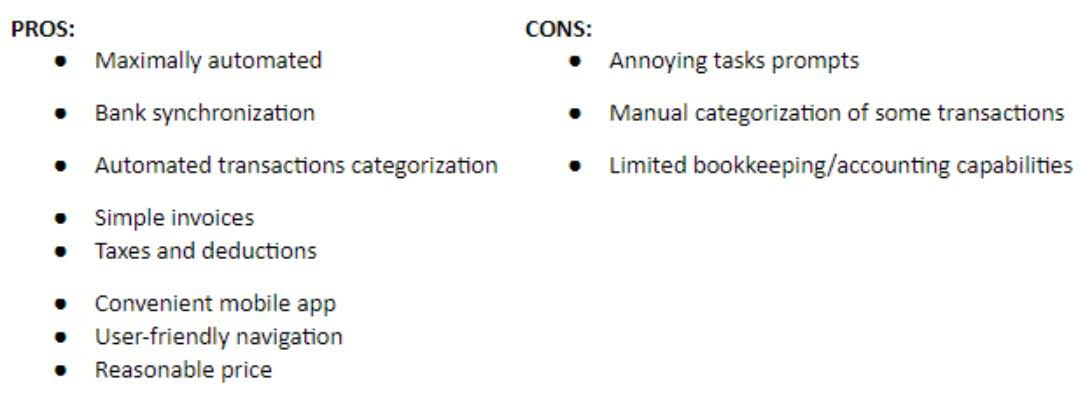Nonprofit Accounting: Essential Principles and Best Practices

They ensure consistency and comparability in financial management among all organizations in the United States, both for-profit and nonprofit. Domestic U.S. companies whose securities trade on public exchanges must use GAAP guidelines, as do businesses operating in regulated industries. The Statement of Activities is similar to an income statement for-profit organizations use. It details the nonprofit’s revenue, expenses, and changes https://www.bookstime.com/ in net assets during a specific reporting period. The statement typically includes categories such as donations, grants, program service revenue, and other income sources.

Understanding and Applying GAAP for Nonprofits: FAQ Guide
The main difference between for-profit and non-profit accounting lies in the objective of the organization. For-profit firms aim to maximize profits, while non-profits focus on the organization’s mission. Non-profit accounting involves GAAP rules for fund accounting, which is not used in for-profit businesses. Additionally, non-profits need to comply with regulations specific to their non-profit status, such as maintaining donor restrictions and adhering to IRS guidelines. To make nonprofit accounting more efficient, organizations can leverage accounting software specifically designed for nonprofits.
Work with Compliance Experts
Volunteers often comprise a significant part of a nonprofit’s staff and may leave an organization with short notice, which can cause recordkeeping gaps. We have financial relationships with some companies we cover, earning commissions when readers purchase from our partners or share information about their needs. Our editorial team independently evaluates and recommends products and services based on their research and expertise. In an accrual accounting system, your nonprofit will record revenue when it’s pledged and expenses when they’re incurred.
- Whether a nonprofit is required to have an annual independent audit or certified financial statements varies from state to state, depending on a number of factors, often based on dollar thresholds.
- Generally speaking, there are two ways your organization can allocate expenses in its budget.
- Without regulatory standards, companies would be free to present financial information in whichever format best suits their needs.
- In the realm of nonprofit accounting, there are four key financial statements that organizations utilize to present their financial information.
- When donors give to the United Way without specifying a particular beneficiary, the United Way chapter can record that revenue.
- Additional information and interdepartmental coordination (accounting, fundraising, major gifts etc.) may be needed.
- A skilled bookkeeper or accountant familiar with nonprofit accounting standards can ensure accurate recordkeeping, timely reporting and adherence to regulations.
Statement of Activities
You can easily see how your nonprofit uses the funding it receives from fundraising, grant seeking, and other revenue streams by analyzing this statement. Plus, you can use this document to review your change in net assets from the beginning of the year to the end of the year. In summary, proper budget planning and monitoring are essential to maintain a nonprofit’s financial health and ensure its ability to serve its mission GAAP for Nonprofits effectively. By creating a realistic annual budget and regularly assessing financial performance, nonprofits can effectively manage their resources and make strategic adjustments as needed. The operating budget is a financial plan that outlines the expected revenues and expenses for an organization during a specific period, typically a fiscal year.

Good nonprofit financial management should ensure that the organization can function and grow. However, donors might hesitate to give if your functional expenses become too large. Generally accepted accounting principles (GAAP) comprise a set of accounting rules and procedures used in standardized financial reporting practices.

What are the basic principles of accounting?

If your accounting responsibilities still roll up under your executives, consider outsourcing your accounting to the experts at a firm. They’ll help make sure all best practices and internal controls are implemented, ensuring smarter finances. In addition, checking in on the budget one or more times each month will allow you to adapt to change. For instance, if programs or projects are discontinued, funding falls through, or your funding increases, you can address the issues and adapt your strategy right away. It’s important to review and adjust the spending budget for the remainder of the year to cut back expenses if necessary, or to further fund your mission if you receive unexpected funding.
- Experts sometimes describe the principle of regularity as the bedrock upon which all other GAAP standards rest.
- The goal of GAAP is to ensure that the financial statements for for-profit entities are consistent across industries, allowing investors and the government to interpret them more easily.
- All public companies in the U.S. must follow GAAP, and private companies generally do as well.
- NPOs must adhere to these accounting policies to remain compliant with the law and maintain their tax-exempt status.
- Nonprofits that receive significant GIKs should begin the process of complying with the new reporting requirements.
However, as of June 2024, the underlying debate remains without a definitive resolution. Steve Kattell, CPA, owner of the firm Kattell and Company PL, in Gainesville, Fla., who joined Zygmunt to present the AICPA webcast, advised one client to solve a conditional vs. unconditional question with a phone call. A public library had a grant from a large, private foundation on the condition that the funds would be spent on a specific technology improvement project. The project was completed without spending the entire amount of the retained earnings balance sheet grant, and the library officials didn’t know whether they should give the money back. Kattell surmised that the private foundation wouldn’t want the money back and advised the library officials to call the foundation. The foundation responded by releasing the money for whatever purposes the library needed, and the revenue was recognized.

